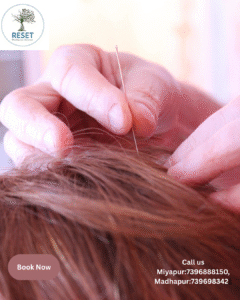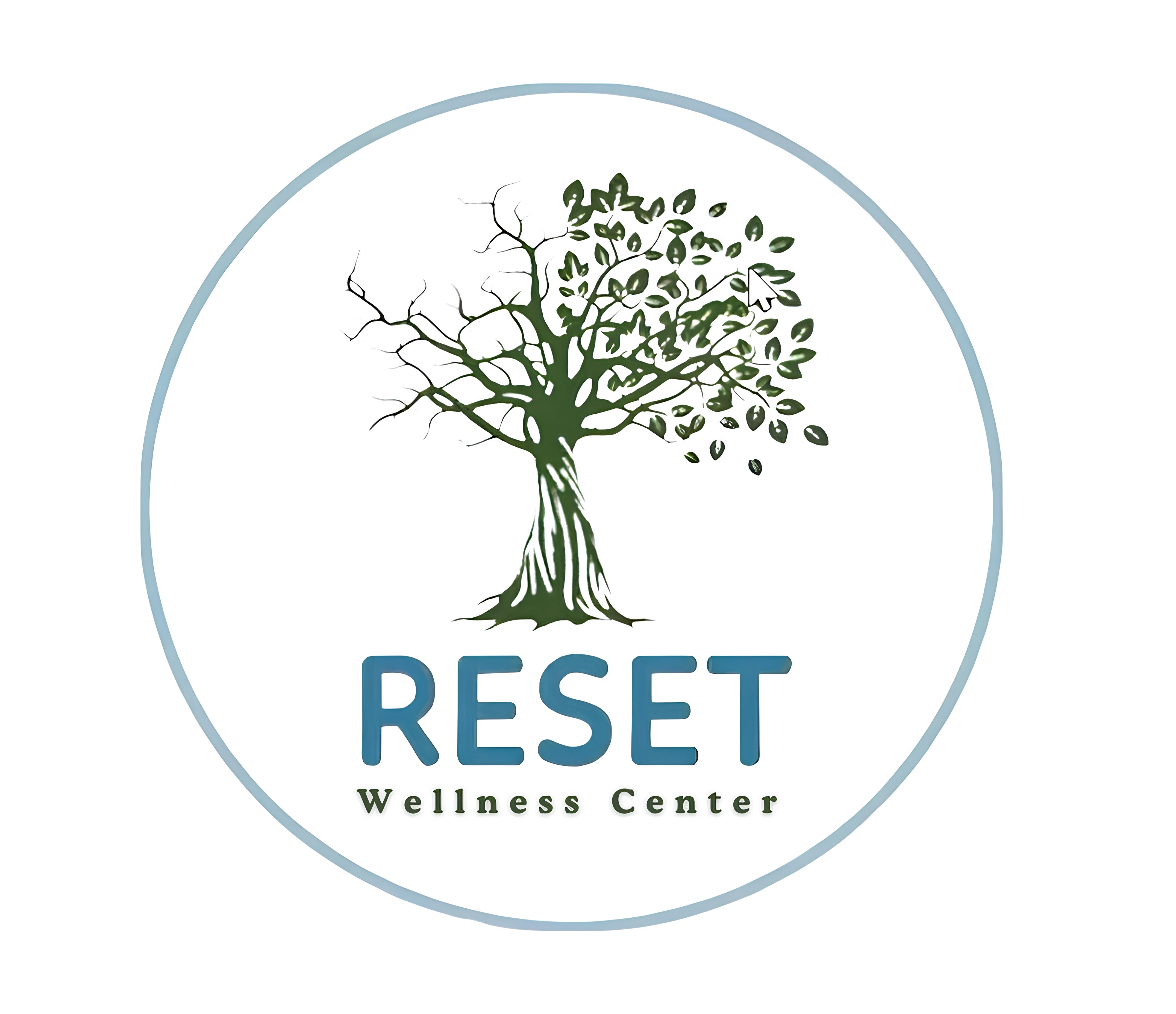
Holistic Acupuncture Care and Innovations in 2025
Acupuncture is gaining global recognition for pain relief and overall wellness. In 2025, multiple clinical studies, including large NIH-funded trials, confirmed its effectiveness in reducing disabling symptoms of chronic low back pain in older adults. These results firmly support acupuncture’s role in mainstream healthcare protocols and clinical guidelines worldwide,holistic acupuncture care.
New Technologies Enhancing:Comprehensive acupuncture care
Technological advances have transformed acupuncture. Electroacupuncture applies mild electrical currents to needles, increasing treatment precision and effectiveness. Laser acupuncture stimulates points without needles, ideal for patients averse to needles. Additionally, nano-enabled acupuncture needles are emerging, which enable targeted drug delivery at acupuncture sites and provide real-time monitoring of healing responses. These innovations expand holistic acupuncture’s care reach and impact.
Personalized and Integrated Care Trends:holistic acupuncture’s care
Acupuncture is increasingly integrated into holistic care models, combined with physical therapy, chiropractic care, nutrition counseling, and mental health support. Advances in wearable health tech and data analytics allow personalized acupuncture plans based on real-time physiological data, genetics, and lifestyle factors. This interdisciplinary approach optimizes patient outcomes by addressing body, mind, and lifestyle factors.
Traditional Practice and Proven Benefits
Acupuncture involves inserting thin, sterile needles at specific points on the body to stimulate nerves and the immune system. Sessions last about 20 minutes, usually repeated multiple times for optimal benefits. Research confirms acupuncture’s efficacy for chronic back, neck, knee osteoarthritis, postoperative pain, migraines, and arthritis. It is recommended as a first-line nondrug treatment. The therapy acts by modulating nervous and immune responses, enhancing blood flow, and reducing inflammation.
Ongoing Research and Future Directions
Recent meta-analyses and randomized controlled trials (RCTs) highlight acupuncture’s long-term benefits and safety. Research is advancing in refining treatment protocols, understanding molecular mechanisms, and standardizing outcome measures. Future work explores neuroimmunological pathways and optimal use of electroacupuncture and other modalities to maximize clinical efficacy.
New Technologies Enhancing Acupuncture
Technological advances have transformed acupuncture. Electroacupuncture applies mild electrical currents to needles, increasing treatment precision and effectiveness. Laser acupuncture stimulates points without needles, ideal for patients averse to needles. Additionally, nano-enabled acupuncture needles are emerging, which enable targeted drug delivery at acupuncture sites and provide real-time monitoring of healing responses. These innovations expand acupuncture’s reach and impact.
Personalized and Integrated Care Trends
Acupuncture is increasingly integrated into holistic care models, combined with physical therapy, chiropractic care, nutrition counseling, and mental health support. Advances in wearable health tech and data analytics allow personalized acupuncture plans based on real-time physiological data, genetics, and lifestyle factors. This interdisciplinary approach optimizes patient outcomes by addressing body, mind, and lifestyle factors.
Traditional Practice and Proven Benefits
Acupuncture involves inserting thin, sterile needles at specific points on the body to stimulate nerves and the immune system. Sessions last about 20 minutes, usually repeated multiple times for optimal benefits. Research confirms acupuncture’s efficacy for chronic back, neck, knee osteoarthritis, postoperative pain, migraines, and arthritis. It is recommended as a first-line nondrug treatment. The therapy acts by modulating nervous and immune responses, enhancing blood flow, and reducing inflammation.
Ongoing Research and Future Directions
Recent meta-analyses and randomized controlled trials (RCTs) highlight acupuncture’s long-term benefits and safety. Research is advancing in refining treatment protocols, understanding molecular mechanisms, and standardizing outcome measures. Future work explores neuroimmunological pathways and optimal use of electroacupuncture and other modalities to maximize clinical efficacy.
